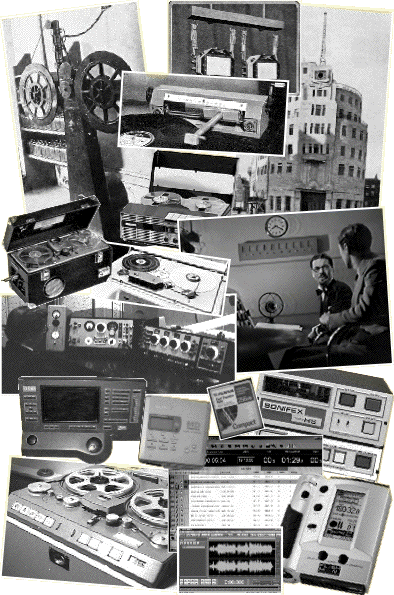My other web sites......


 I've
always
taken an interest in broadcasting history, particularly radio: I
listened to the radio a lot as a child in the late 1940s and the 1950s;
and I worked for the BBC World Service as an engineer and then as a
Studio Manager from 1961-2007 so I saw some of the history from the
inside.
I've
always
taken an interest in broadcasting history, particularly radio: I
listened to the radio a lot as a child in the late 1940s and the 1950s;
and I worked for the BBC World Service as an engineer and then as a
Studio Manager from 1961-2007 so I saw some of the history from the
inside.These 'fragments' are just essays on some aspects of broadcasting history: they're not excerpts from some weighty historical tome - what is here is all there is. Some of the material has appeared before, in my weblog, but it seemed useful to collect it all into one place.
Of course my personal experience is mostly at Bush House, the home of the External Services (later renamed the World Service) - I worked at Broadcasting House only on a brief attachment after the conversion course from engineering to Studio Manager in 1967, and briefly on a couple of later occasions. As a spare-time activity I wrote several books on broadcast comedy, and the research for these led me to the BBC Written Archives Centre, Script Library, and to interview producers who had been involved with broadcast comedy; so I've been able to gain some interesting insights into the story of broadcasting from its earliest days.
Roger Wilmut
